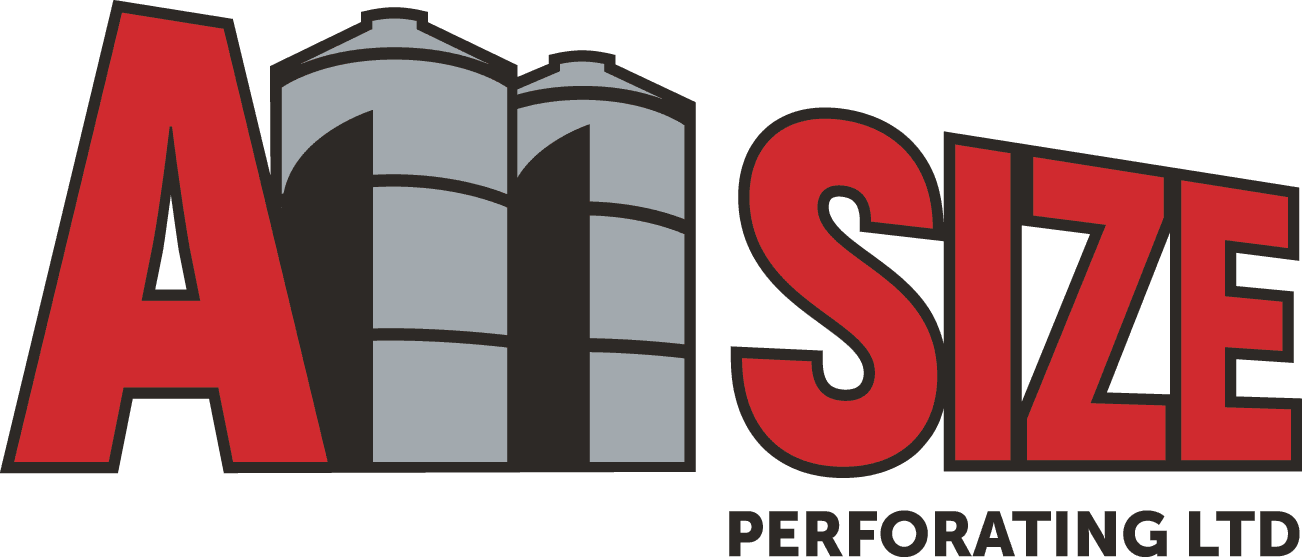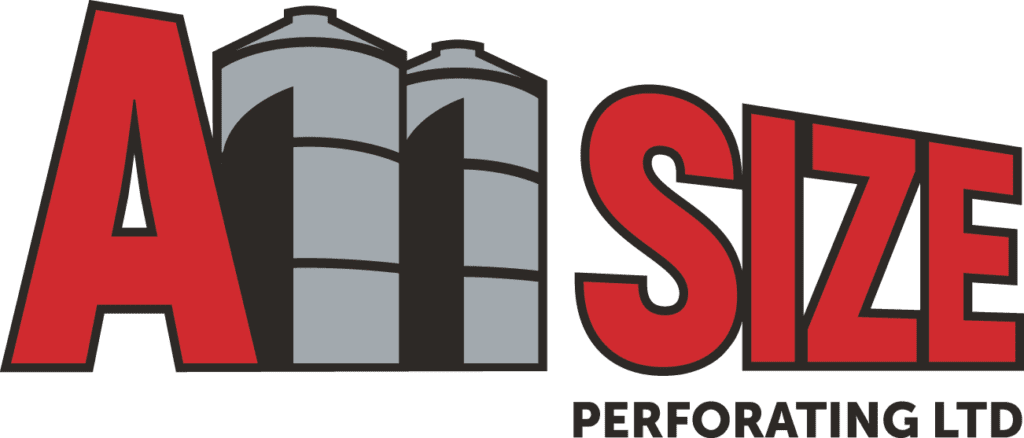Avoid These Common Mistakes When Designing A Grain Handling System
by Dave Wall
EACH YEAR ACROSS THE PRAIRIES, more capital investment goes into on-farm grain handling and drying. In today’s world, the grain bin performs more than one function – it’s more than just storage. The bin needs to be an effective grain handling system, able to dry and condition grain on a regular basis.
In my 20 years experience in this field, I see common errors in building new or upgrading existing systems. Avoid these mistakes now and your investment will pay off better in today’s economy and help you turn a better profit in years to come.
Big trucks
It’s essential to have room for big trucks to come in for loading and unloading. This may mean picking a new, more open site rather than working with your old site. Many farmers find it’s better to start from square one.
The most common configuration I see is a simple, straight row of bins. You can add to this easily, often in both directions. You can place a grain dryer right in the bin row, or in back of the bins. Consider moving bins or trading off smaller bins that don’t fit the size of your operation.
Get high when designing your system
A common oversight is not making the bin foundations high enough. Unloading equipment that comes out the side of a bin needs to be high enough to swing a hopper below the powerhead. Stay away from an incline head because it slows down capacity and takes more power.
When I design a bin with a full floor, my unload auger is not in the concrete. This way, I gain four things: the unload is higher coming out of the bin; it speeds up and simplifies construction; it lowers the cost; and a full floor dries grain faster.
Getting stuck always costs time and money. A new site needs to be built up because trucks need a firm gravel base. After the bins are built, back fill in front of them with a proper base of gravel to support bigger trucks. If this is not done, often in the name of saving money, we soon find the bins have sunk. It’s not a happy site.
If we want to put a U-trough or some type of drag conveyor in front of the bins to bring the grain to a central point, once again find the bins may be too low. To avoid this, calculate the necessary height into original blueprints.
There are many other questions to consider. How do I incorporate a dryer into my layout? What kind of dryer fits the operation and management style? It is worthwhile to bring in three-phase or put in a phase converter? Should I go to all underground wiring?
Think BIG, then build BIGGER
“I didn’t build the bin big enough. I didn’t buy the dryer big enough.” These common remarks are caused by not thinking big enough. When sizing a bin I often tell a farmer, “Build the bin as big as you can and then stretch your imagination. Even then, you still may not build big enough.”
Here’s what I’ve learned. The bigger the bin the lower the cost per bushel, except for hopper bins. The cost of going to a wider diameter bin is only three more cubic yards of concrete. The unload system on bigger bins doesn’t cost any more whether the bin is wider or higher. A bigger bin means convenience because you don’t have to move the auger as often.
With the combine capacity now available on most farms, the amount of quality grain you can harvest in one day is often greater than the size of most single bins. It’s likely that if an extra half section of land becomes available to you in the future, you’ll need a bigger bin immediately. It’s a common scenario.
As farm size grows, the value of the small bin drops. We’ve seen this in Manitoba already, especially after the flood. Small bins have little monetary value and demand is dwindling.
A 21-foot diameter bin on a hopper cone is now a popular choice. This pushes bushels into the 6,600 to 8,000 range. But if we’re looking at multiple units, the question farmers now ask is, “Why not put up one 12-14,000 bushel bin for a lot less cost per bushel?”
What about drying?
Added bonuses include flat storage using the new fast unload systems and better drying floors, which can cool and condition grain faster. It’s possible to dry grain down four points in seven days. This is five times faster than you can do in a hopper bin.
You can also incorporate a dryer into a bigger bin for less than $l5,000. This is a huge saving compared with other types of dryers. Plus, there’s the simplicity of not having to add more handling equipment, like legs, augers, hopper bins or other conveyors.
There comes a time when we need a fast, continuous-flow dryer. That’s when we look at the screenless hot -dry unit, often referred to as the Vertec. These have gone through major design changes since the early ’80s.
Let’s get technical
What’s so technical about a simple grain bin? We found many technical design errors in 1996 when snow and wet weather hit the Prairies before the crop was in the bin. To dry the grain, farmers threw burners on all kinds of bins.
Here’s what we saw. In a hopper bin, drying wasn’t as effective compared with other bins. With 50 to 80 square feet of perforation, drying was taking place in a very limited area in the bin. This pushes the fan to the top of its performance curve, so it’s operating at high static pressure and little airflow.
Drying occurs in a certain path, called channeling, and the rest of the bin is still wet. The heat can’t be increased. The same thing happens to some extent with a partial aeration floor, where only part of the flat bottom bin is covered with planking.
The most effective drying happens when we put a burner on a bin with 100 percent of the floor covered with planking. This enables us to put in tougher grain, increase the heat to 2537°C and dry grain much faster. This is call medium temperature drying.
The next obvious option to speed up drying is to add stir augers in the bins. However, we learned in 1996 that not all bins are designed to accommodate these augers. More grain can be dried in bins that are designed for the alternatives of low temperature, medium temperature or high temperature drying.
Low temperature drying is adding 5-10°C. Medium temperature drying is maintaining the temperature at 25-37°C. High temperature drying is maintaining temperatures from 45- 70°C. At this range, stirring is necessary. When drying in bins, every 2°C of increased temperature reduces humidity by 10 percent, using propane or natural gas.
Easy unloading
The other area that isn’t big enough on most farms is the unloading ability of bins. Remember, time is money. Springland Manufacturing has just introduced a U-trough style unload system that was years in development. I have been suggesting this for a long time because it fits what’s happening in new grain systems.
The eight-inch system can unload up to 2,800 bushels/hour, which is fast enough for most farms. But more and more farmers buy 10-inch and 13-inch augers to fill the big trucks, especially with more truckers who charge waiting time. The new galvanized 10-inch U-trough can unload up to 8,000 bu/hour.
This article was originally published in the Volume 2, Number 6, May 1999 issue of FARMING – a supplement to The Western Producer


0 Comments